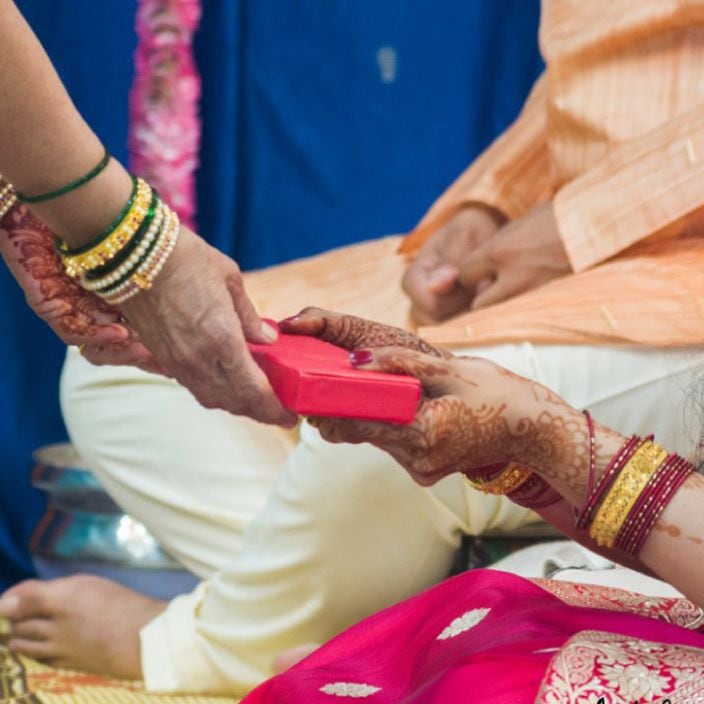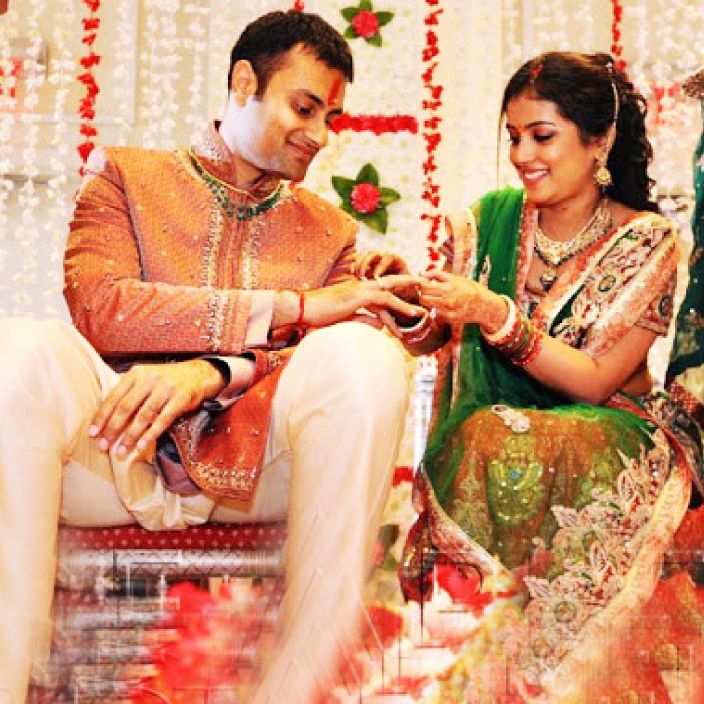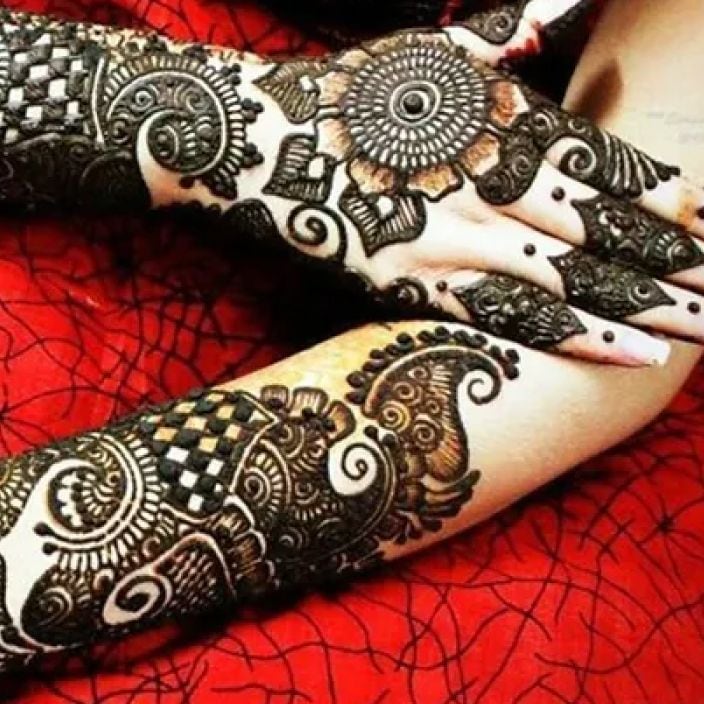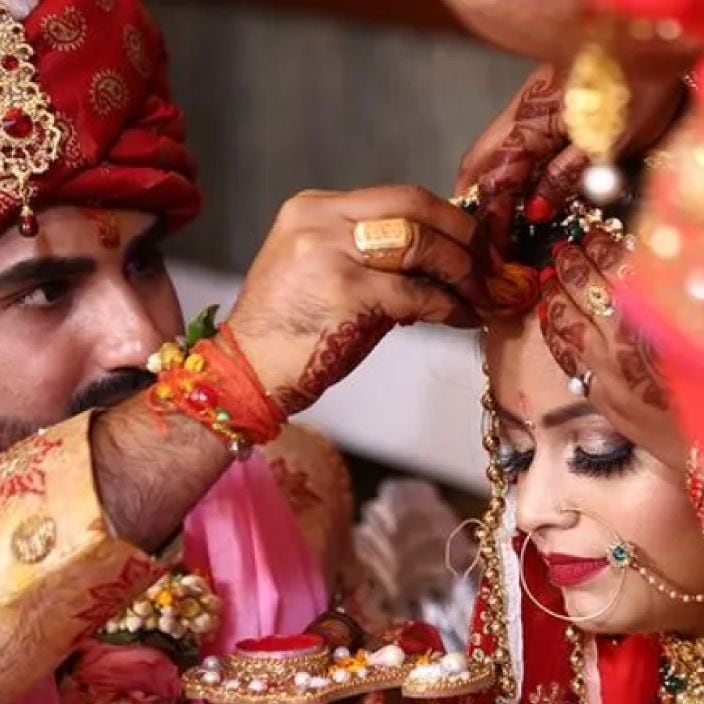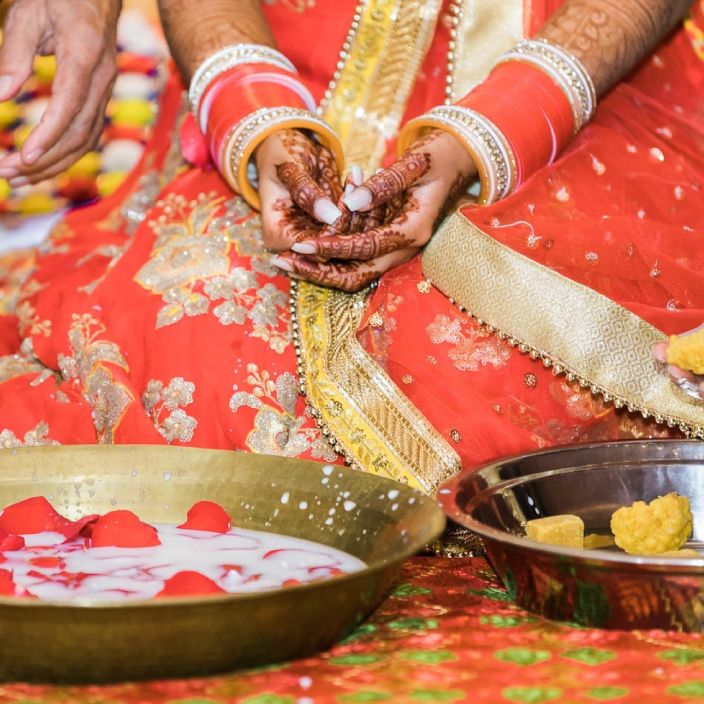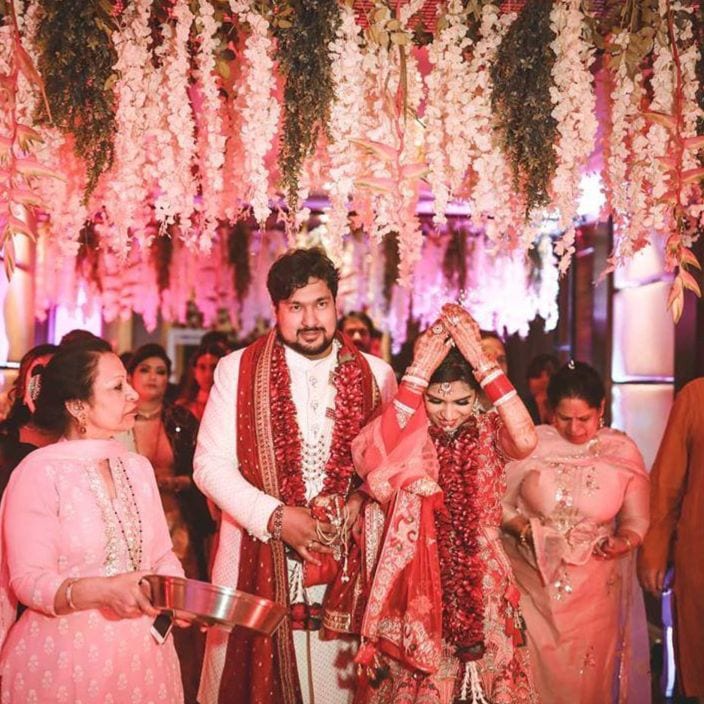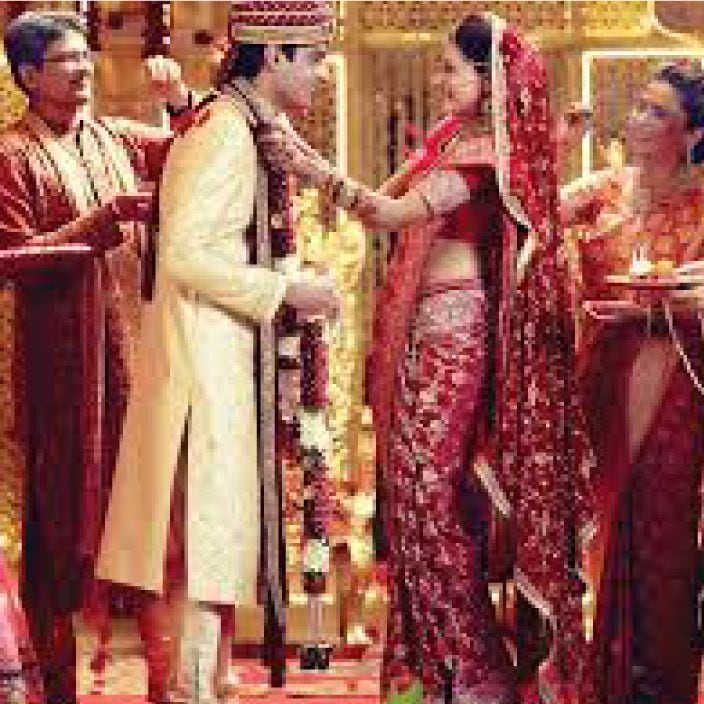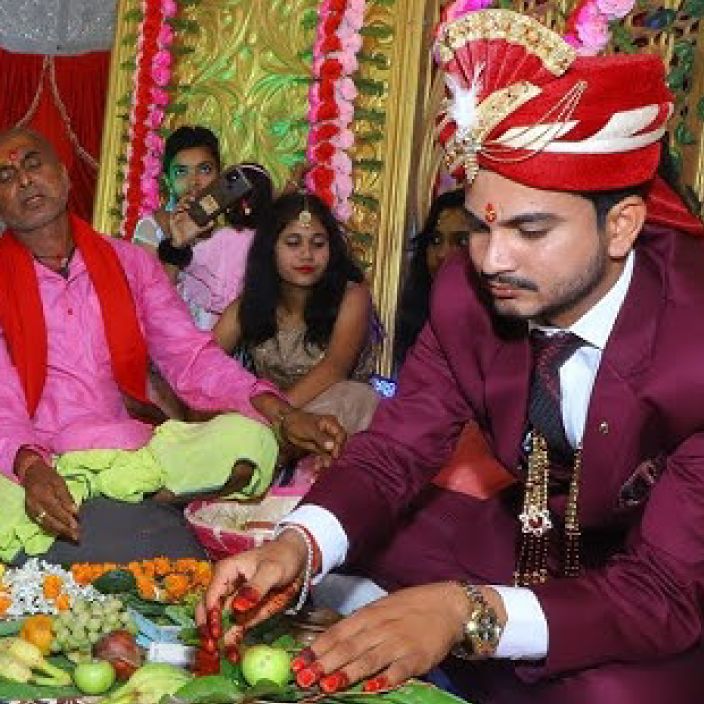For best prices and early deliveries, WhatsApp us at. 918488070070
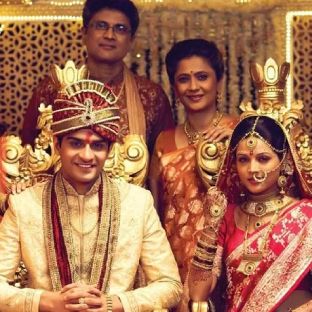
Uttar Pradesh
A wedding in Uttar Pradesh is a grand celebration. Every marriage ceremony has many events to celebrate the bride and groom’s new life together. In Uttar Pradesh, the wedding celebrations last for almost a week. They have everything from Vedic Yagnas to breathtakingly traditional attire, music, dance, and elaborate cuisine. The first step towards the marriage is the Roka ceremony, held at the girl’s residence. Close family members from both sides officially meet and exchange sweets and gifts. The Roka marks the agreement between the families. Next is the Tilak ceremony. Here, the bride’s father, brother, and close family members visit the groom’s house. Usually, a male member from the bride’s side applies Tilak (vermillion paste) and rice on the groom’s forehead to welcome him into their family. A Mangni, the exchange of engagement rings, may be held on the same day. Both families exchange fruits, sweets, dry fruits, clothes, and jewellery. The Roka, Tilak, and Mangni are different rituals with one purpose – to formalise the match! At the Haldi function, family and friends apply a paste of oil, milk, turmeric powder, sandalwood powder, and gram flour on the bride and groom. In the Mehendi ceremony, while the bride’s hands and feet are adorned with intricate henna designs, guests also get henna tattoos done. For centuries, the Haldi and Mehendi rituals were women-centric, but these days, everyone attends. The functions are also hosted jointly at venues instead of the bride and groom’s homes. Haldi and Mehendi ceremonies have everything from dhol beats (Indian drum beats) to folk songs, dancing, and a grand vegetarian feast. The last pre-wedding function is the Sangeet night. From family and friends to the bride and groom, everyone participates in well-choreographed song and dance performances. Sehrabandi and Ghodichadna are two rituals peculiar to the groom. In the Sehrabandi ritual, a veil of flowers and beads is tied to the groom’s turban. In Ghodichadna, the groom sits on a lavishly decorated horse. His family and friends (the Baaratis) follow in a procession behind the groom. The bride’s family shower flower petals and rose water to welcome the groom and the Baraat. This ceremony is called Milini. At the wedding mandap, the priest performs symbolic rituals like Varmala, Kanyadaan, Saptapadi, and Sindoor Daan in front of the Havan Kund (Holy fire). During the Varmala, the bride and groom exchange garlands. The Kanyadaan signifies the bride’s father handing over his daughter to the groom. Saptapadi or Saat Pheras is where the couple takes seven around the Havan Kund, making seven promises to stay with each other throughout their married life. Sindoor Daan is a ritual where the groom applies sindoor (vermillion) to the bride. Sindoor or vermillion is considered auspicious and signifies marital status in Uttar Pradesh. The first post-wedding ceremony is Vidai, an emotional farewell as the bride leaves home. On the other side is Griha Pravesh, a ritual to welcome the bride at her new home. The last function is the Reception. In Uttar Pradesh, the groom’s family hosts the Reception. It usually has hundreds of guests and is held in a banquet hall or a beautifully decorated outdoor venue. It is the time to congratulate the newlyweds.
Wedding Attire
The bride typically wears a lehenga choli with a chunri covering her head. The lehenga choli consists of a long skirt and a fitted short blouse. While the lehenga choli was traditionally red, designers now make them in rani pink, salmon, magenta, beige, and gold shades. They are made from silk, velvet, chiffon, and crepe and embellished with zari, sequins, beads, and crystals. Also, the organza, net, or georgette chuniri has heavy embroidery. The bridal look is only complete once she adorns jewellery like Matha Patti, Maang Tikka, Nath, Chuda (bridal bangles), Bichua (toe rings), Benda, Nathni, Sita Rani, Haathphool, and Ancia Kangan. Brides also have their hair styled in traditional buns or braids, decorated with flowers or hair ornaments, and wear dramatic bridal makeup.
In Uttar Pradesh, the groom also dresses quite extravagantly. The groom mostly wears a brocade, silk, or velvet sherwani. The sherwani has substantial weaving and distinctive embellishments. Most grooms also like to wear a gold chain, ring, Kada, and a wristwatch. Finally, the decorative Sehra, a Safa (a turban), a kamarbandh, and juttis or mojaris complete his traditional look.
Traditional Cuisine
Most weddings in Uttar Pradesh take place in the winter. Some families have a traditional sit-down meal, while others offer a lavish buffet or theme-based stalls. The fast food stalls may even serve snacks like golgappe, aloo tikki, samosas, kachoris, pakoras, jalebi, and chaats.
Every dish is prepared by expert wedding caterers, reflecting both traditional flavours and the region’s culinary richness. The dessert section is equally elaborate, featuring delicacies such as kheer, gajar ka halwa, and malpua. Beverages like thandai and aam panna further enhance the celebratory spread, offering refreshing options for guests.
Cultural Decor
In Uttar Pradesh, the mandap is the most significant part of the wedding decor. The mandaps usually have an elaborate floral backdrop, floral canopy, or floral torans made from fresh flowers such as marigolds, roses, and lilies. Airy drapes in red, gold, and ivory organza, voile, satin, net, and chiffon transform the mandap look.
Also, decorative lighting, like fairy lights and chandeliers, is used alongside diyas to decorate the mandap and pathways at night. Rangoli plans at the base of the mandap or around the wedding area are made from powders, flowers, and rice.
